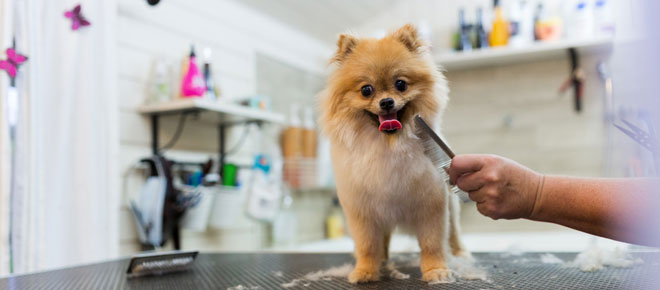Top 3 beautiful parrots in the world
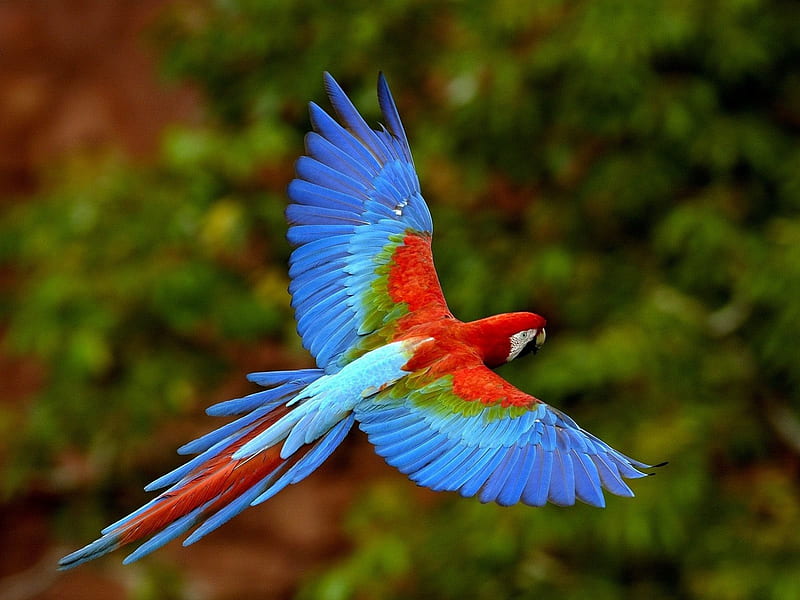
| Rainbow Lorikeet |
The Rainbow Lorikeet (Trichoglossus haematodus) is a colorful and vibrant parrot species native to Australia, as well as some parts of eastern Indonesia, Papua New Guinea, and nearby islands. It is one of the most well-known and popular parrots in the world due to its stunning plumage and lively personality. Here are some key characteristics of the Rainbow Lorikeet:
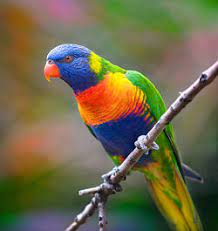
-
Appearance: As the name suggests, the Rainbow Lorikeet is famous for its colorful and striking plumage. It has a predominantly bright green body, with a blue head and a red patch on its chest. The feathers on its belly can vary in color from orange to yellow, and its wings are a mix of green, blue, and black. The back of its head and nape are also blue, and it has bright orange-yellow markings on its cheeks.
-
Diet: Rainbow Lorikeets are nectar feeders, and they primarily consume pollen, nectar from flowers, fruits, and occasionally insects. Their specialized brush-like tongue allows them to extract nectar from blossoms efficiently. In captivity, they are often fed a diet of nectar substitute or specialized lorikeet food.
-
Social Behavior: These parrots are highly social and usually found in large flocks. They are known for their playful and curious nature. Rainbow Lorikeets are active birds, and their acrobatic flying displays are a common sight in the Australian skies.
-
Communication: Rainbow Lorikeets are quite vocal and use a variety of calls and squawks to communicate with each other. Their vocalizations can be loud and raucous, especially when in a group.
-
Breeding: During the breeding season, which varies depending on their location, Rainbow Lorikeets build their nests in tree hollows or other suitable cavities. They typically lay a clutch of 1 to 3 eggs, which are incubated by the female for around 25 days. Both parents participate in feeding and caring for the chicks.
-
Conservation Status: In Australia, Rainbow Lorikeets are not considered endangered and are protected under wildlife conservation laws. However, their natural habitats are impacted by urbanization and deforestation, which can have adverse effects on their populations.
Rainbow Lorikeets have become popular as pets due to their charming personalities and colorful appearance. However, it's important to remember that they require specialized care and attention. In some places, keeping Rainbow Lorikeets as pets may be regulated, so it's essential to check local laws and ensure that acquiring a pet lorikeet is legal and ethical. If you ever encounter these beautiful birds in the wild, remember to appreciate them from a respectful distance and refrain from feeding them human food, as it can be harmful to their health.
| Crimson Rosella |
The Crimson Rosella (Platycercus elegans) is a beautiful and colorful parrot species native to eastern and southeastern Australia. It is known for its striking appearance and is a popular bird to observe in the wild and to keep as a pet. Here are some key characteristics of the Crimson Rosella:
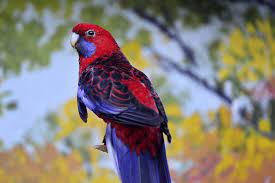
-
Appearance: As the name suggests, the Crimson Rosella displays vibrant crimson red plumage on its head, chest, and upper parts of its body. Its wings are a mix of blue and black, and it has bright blue cheek patches and a blue tail with black and yellow markings. The lower parts of its body are deep blue, and its beak is ivory-colored. There are several subspecies of the Crimson Rosella, each with slight variations in coloration.
-
Range: The Crimson Rosella is native to southeastern Australia, including the eastern coast and inland regions. It can be found in a variety of habitats, including forests, woodlands, gardens, and parks.
-
Diet: Crimson Rosellas are omnivorous and have a varied diet. They primarily feed on seeds, fruits, berries, flowers, and insects. In urban areas, they may visit backyards to feed on birdseed from feeders.
-
Behavior: Crimson Rosellas are generally social birds and often seen in small groups or pairs. They are agile and adept at flying and climbing trees. Their flight is characterized by rapid wing beats and glides.
-
Breeding: During the breeding season, which varies depending on the region, Crimson Rosellas build their nests in tree hollows or other suitable cavities. The female typically lays a clutch of 3 to 8 eggs, which are incubated by both parents for about 19 to 21 days. After hatching, the chicks are cared for and fed by their parents until they are ready to fledge.
-
Pet Trade: Due to their striking appearance, Crimson Rosellas have been popular in the pet trade. However, it's important to note that keeping native Australian birds as pets may be subject to specific regulations and permits to protect wild populations.
As with all wild birds, it's essential to appreciate Crimson Rosellas in their natural habitats and observe them from a respectful distance. Providing a habitat-friendly garden with suitable food sources can also attract these colorful parrots and other native birds to your backyard for observation and enjoyment. If you encounter them in the wild, avoid feeding them human food, as it can be harmful to their health and disrupt their natural diet.
|
Sun Conure |
The Sun Conure (Aratinga solstitialis) is a small and brilliantly colored parrot native to northeastern South America, particularly in regions of Venezuela, Guyana, Suriname, French Guiana, and northern Brazil. It is one of the most vibrant and popular parrot species in the pet trade due to its striking appearance and friendly personality. Here are some key characteristics of the Sun Conure:
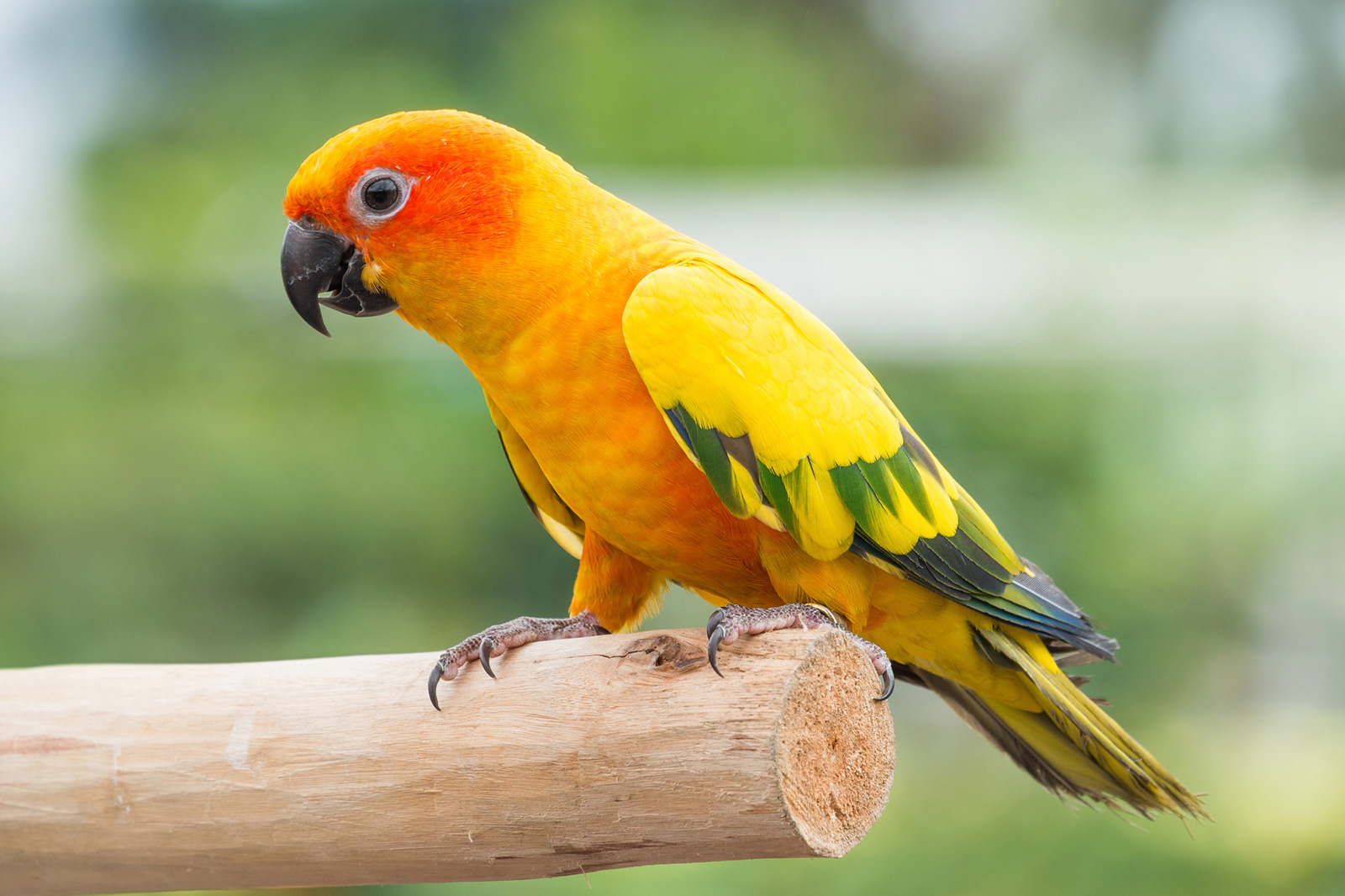
-
Personality: Sun Conures are highly social and affectionate birds, known for their playful and outgoing nature. They are intelligent and can be trained to do tricks and learn basic commands. They are also known for their vocalizations, which include squawks, chirps, and whistles.
-
Diet: In the wild, Sun Conures primarily feed on a varied diet of fruits, seeds, nuts, and vegetation. In captivity, they should be provided with a balanced diet that includes a variety of fresh fruits, vegetables, high-quality parrot pellets, and occasional treats like nuts.
-
Social Behavior: Sun Conures are naturally social birds and thrive on interaction with their human companions. They also enjoy the company of other conures or birds, but it's essential to introduce them carefully and ensure they get along well.
-
Lifespan: With proper care and a healthy diet, Sun Conures can live for 20 to 30 years or even longer, making them a long-term commitment as pets.
-
Pet Care: As pets, Sun Conures require a spacious cage with plenty of toys, perches, and mental stimulation to keep them active and entertained. They need regular social interaction, mental stimulation, and out-of-cage time for exercise and bonding.
-
Conservation Status: In the wild, Sun Conures face threats such as habitat loss and capture for the pet trade. Consequently, they are listed as a species of Least Concern on the International Union for Conservation of Nature (IUCN) Red List, but their population status should still be monitored and protected.
If you are considering having a Sun Conure as a pet, it's crucial to be prepared for the commitment and responsibility that comes with caring for a parrot. They require regular attention, mental enrichment, and a proper diet to thrive and live a healthy and happy life. Additionally, it's essential to ensure that any potential pet was legally bred and acquired, avoiding supporting the illegal wildlife trade.





